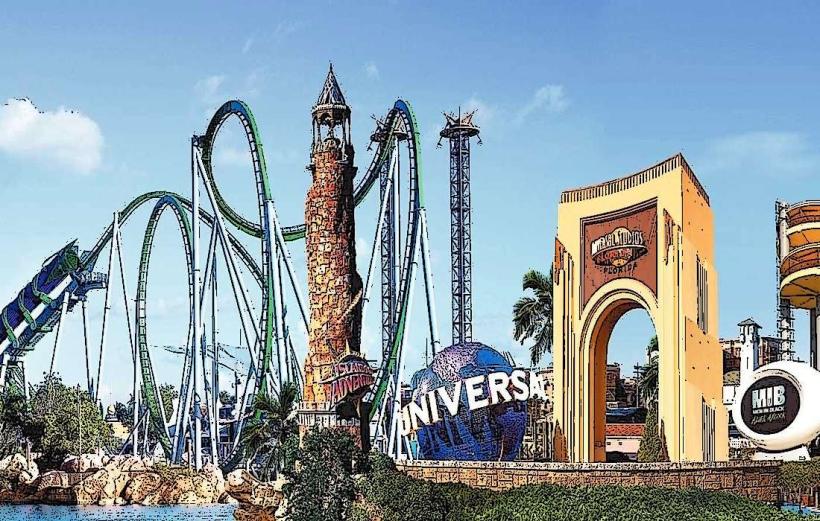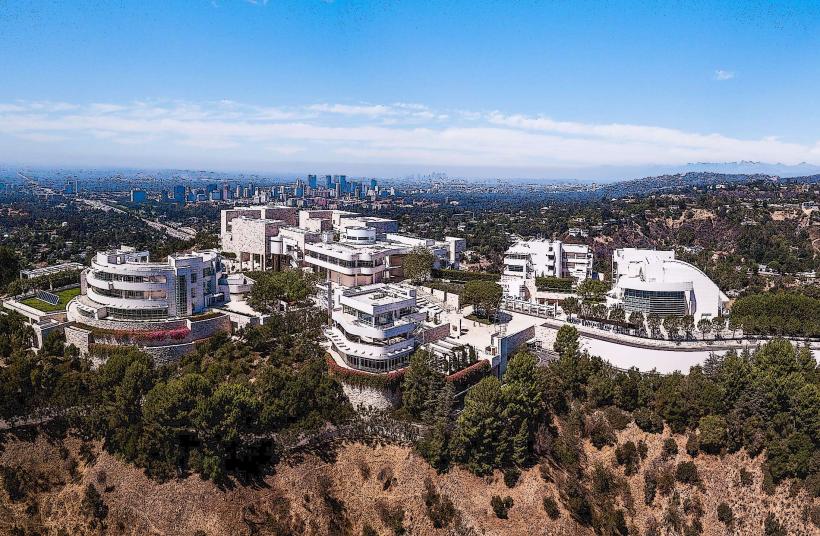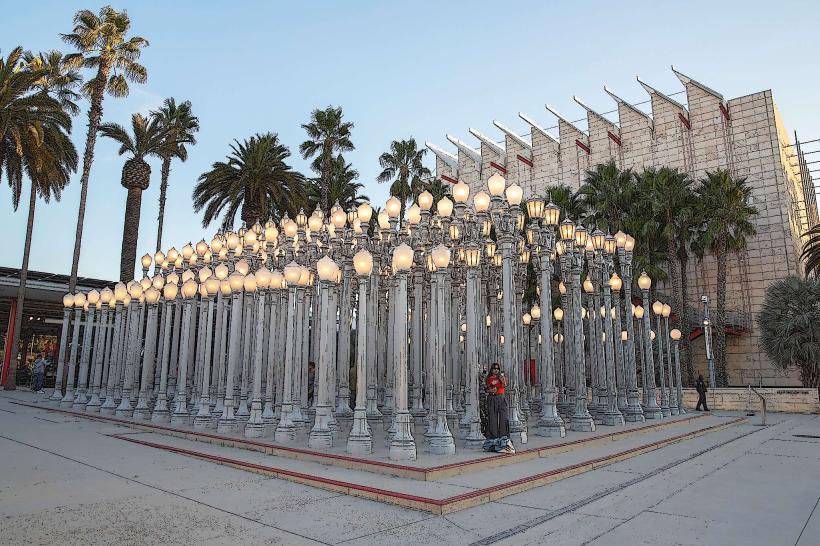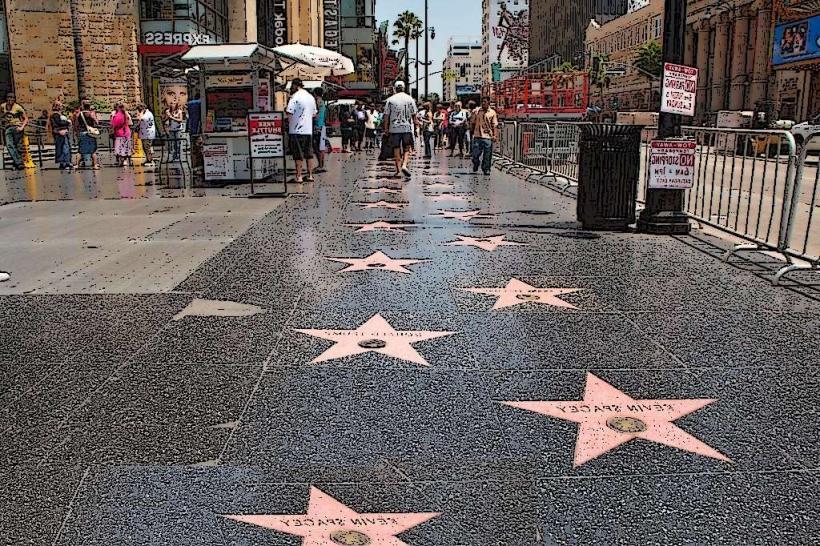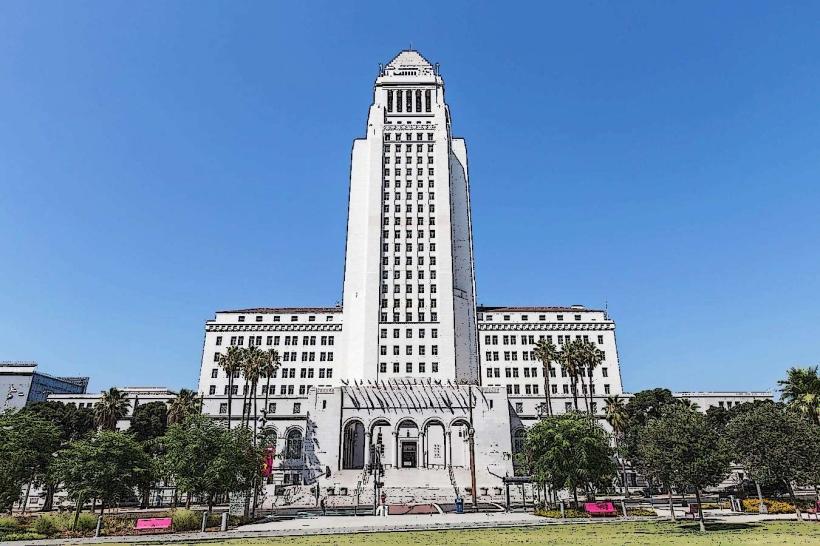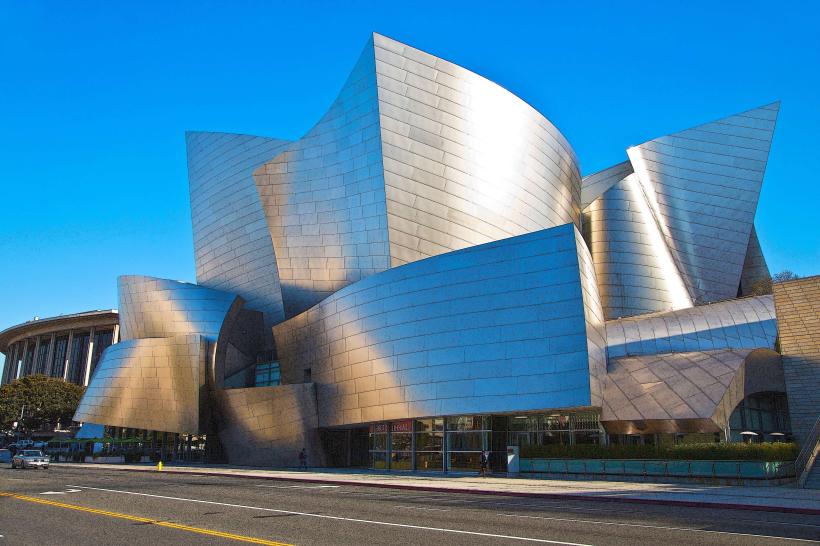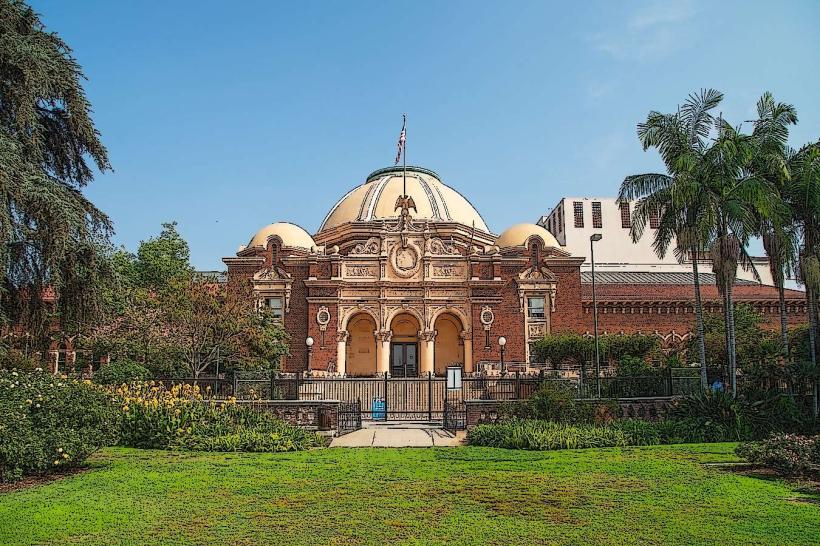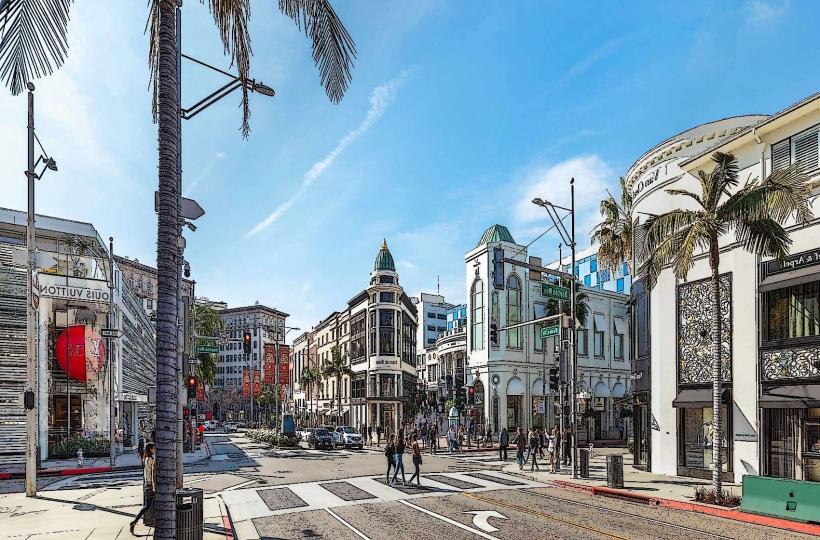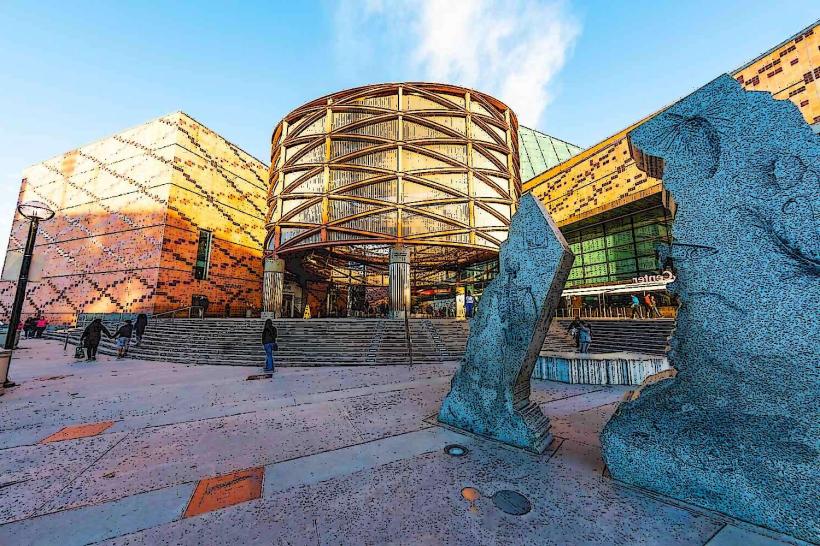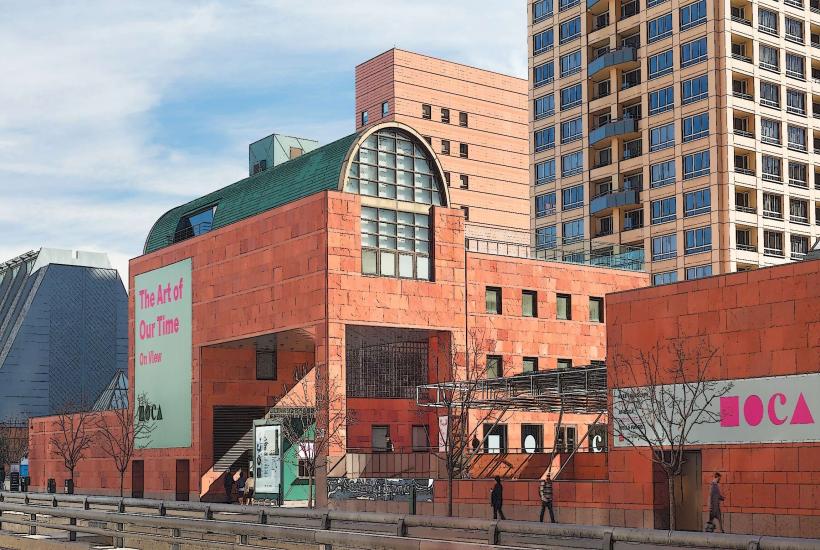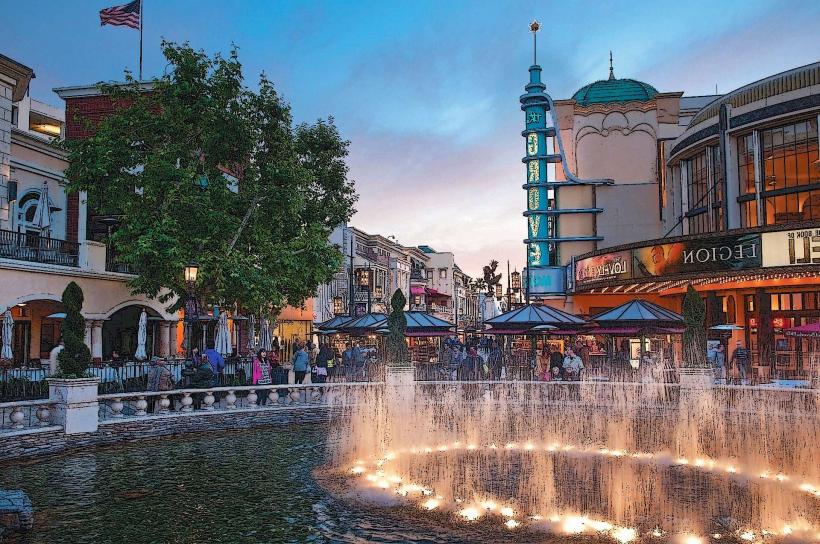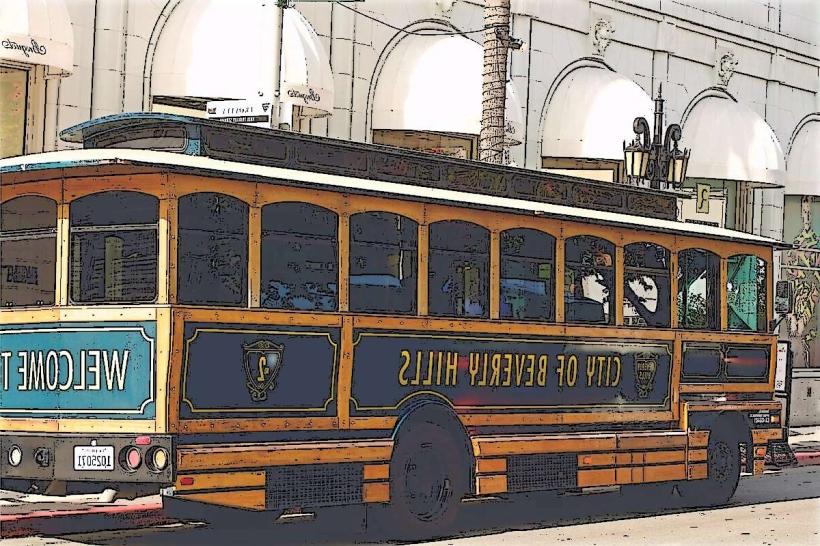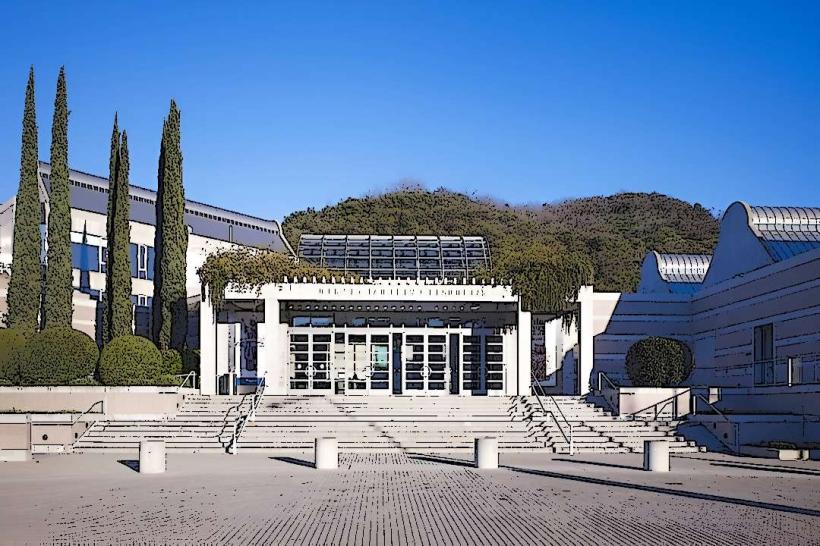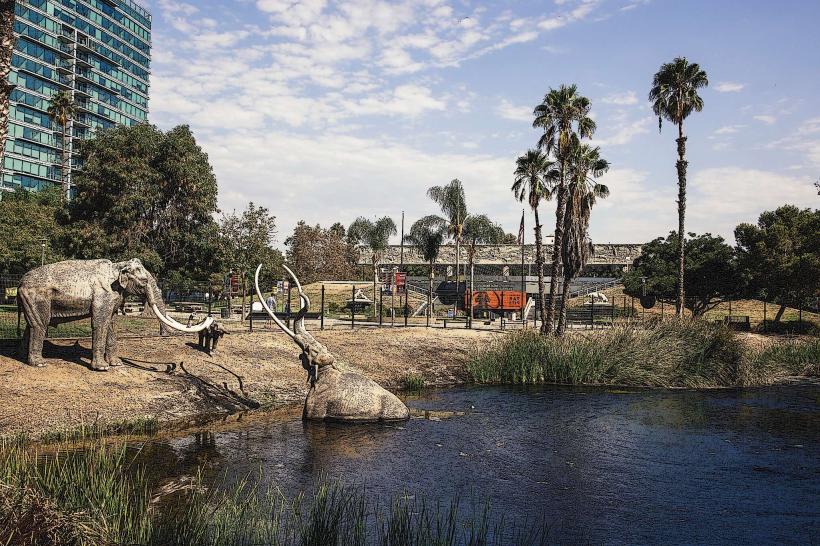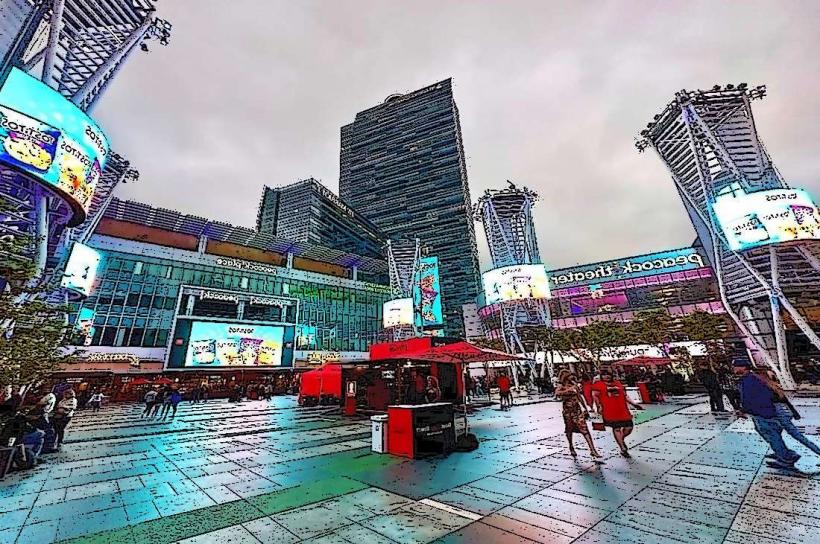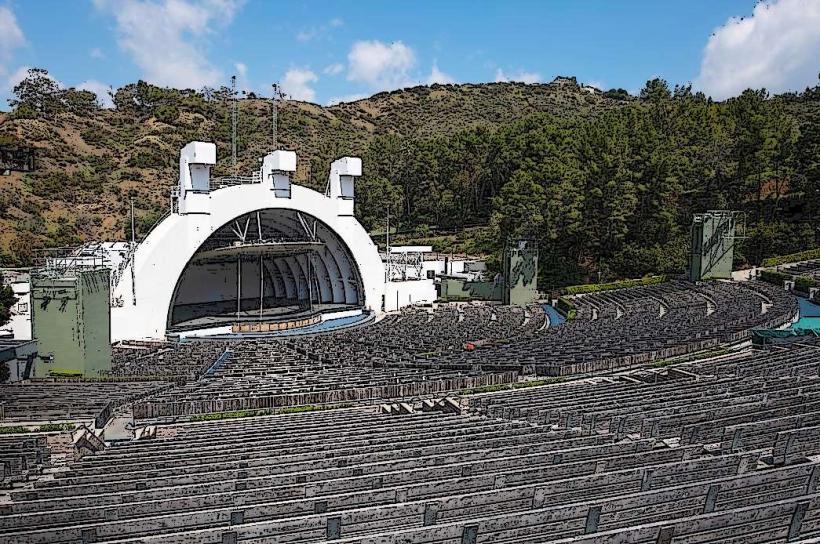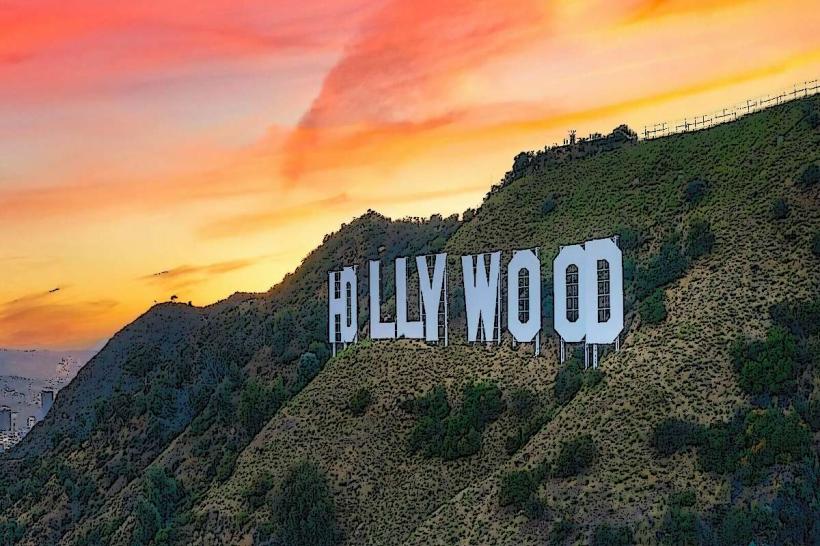Information
Landmark: Griffith ObservatoryCity: Los Angeles
Country: USA California
Continent: North America
Griffith Observatory, Los Angeles, USA California, North America
Griffith Observatory is one of the most popular and iconic landmarks in Los Angeles, California. Located in Griffith Park, it offers stunning views of the city, the Hollywood Sign, and the surrounding landscapes, as well as a wide variety of educational and astronomical experiences. Below is a detailed overview of the Griffith Observatory:
History and Overview
Opening: The Griffith Observatory officially opened its doors to the public in 1935. It was made possible by a generous donation from Griffith J. Griffith, a wealthy industrialist and philanthropist who donated the land and the funds to build the observatory. Griffith’s goal was to provide a public space where people could learn about astronomy and explore the wonders of the universe.
Architecture: Designed by architect John C. Austin, the observatory is a striking example of Art Deco architecture. It features a white building with sleek lines, circular domes, and a prominent central rotunda. The design reflects the modernist ideals of the 1930s and serves as a visual focal point of the park.
Renovations: The Griffith Observatory underwent a major renovation and expansion that was completed in 2006. The renovation included improvements to the observatory’s exhibits, new public spaces, a new planetarium, and updated equipment.
Astronomical and Educational Role
Griffith Observatory is not just a beautiful building but also a hub for learning about astronomy, science, and the night sky. The observatory is home to several important exhibits and features that attract both casual visitors and serious astronomy enthusiasts.
Telescope and Telescopic Viewing
Zeiss Telescope: One of the most famous features of the Griffith Observatory is its historic Zeiss refracting telescope, installed in the 20-inch dome. This telescope allows visitors to observe celestial objects like the moon, planets, and distant stars. It is one of the most powerful telescopes in the country available for public use.
Public Star Parties: On certain evenings, Griffith Observatory hosts Star Parties where the public can use the telescopes set up outside the observatory to get a closer look at the night sky. Volunteers from the Los Angeles Astronomical Society assist in guiding visitors through the stars, planets, and other celestial phenomena.
Exhibits
Hall of the Sky: This exhibit presents the wonders of the universe, including the history of space exploration and our understanding of the solar system.
The Solar System: A scale model of the solar system is displayed in the area surrounding the observatory, with life-size models of the planets and their distances from each other, giving visitors an idea of the vastness of space.
Cosmic Connection: A popular exhibit that explores the relationship between the Earth, the Moon, and the Sun, as well as the impact of solar and lunar events on our planet.
The Foucault Pendulum: A famous feature inside the observatory that demonstrates the rotation of the Earth. The pendulum swings in a constant motion while the floor beneath it rotates due to the Earth's rotation.
Planetarium
Samuel Oschin Planetarium: The planetarium is a major attraction at Griffith Observatory, offering stunning, immersive shows about the universe, stars, planets, and the cosmos. The planetarium is equipped with state-of-the-art technology that simulates the night sky and space travel.
Shows: The planetarium offers several educational shows throughout the day and night, which are designed for visitors of all ages. Some of the popular shows include "Centered in the Universe", which explores the history and future of space exploration, and "The Sky Tonight", a live presentation of the current night sky.
Views and Observation Deck
City Views: Griffith Observatory is located on a hilltop, offering some of the best panoramic views of Los Angeles, including views of the Hollywood Sign, downtown Los Angeles, and the surrounding mountains. On clear days, visitors can see as far as the Pacific Ocean. It’s a popular spot for photography, particularly at sunset or at night when the city lights are sparkling.
Observation Deck: Visitors can enjoy the spectacular views from the observatory’s observation deck, where they can take in both daytime views of Los Angeles and the stunning nighttime views of the stars and the city lights below.
Griffith Park and Surroundings
Griffith Park: Griffith Observatory is located within Griffith Park, one of the largest urban parks in the United States. The park itself offers a variety of recreational activities, including hiking, biking, and picnicking, as well as other attractions such as the Los Angeles Zoo and Travel Town Museum.
Hiking Trails: There are several hiking trails that lead to the Griffith Observatory, including the popular Griffith Observatory Trail, which offers a scenic path to the top with views of the city and the Hollywood Sign. It’s a great way to enjoy the outdoors and visit the observatory at the same time.
Public Programs and Events
Public Lectures and Events: Griffith Observatory hosts a variety of public programs throughout the year, including lectures by experts in the fields of astronomy, space science, and physics. These events are typically free or low-cost and are an excellent way to learn more about science.
Astronomy Festivals: The observatory also hosts special events like Astronomy Day, which includes hands-on activities, telescope viewings, and educational talks.
Access and Visitor Information
Location: Griffith Observatory is located at 2800 E Observatory Road, Los Angeles, California, within Griffith Park.
Admission: Admission to the Griffith Observatory is free, including access to the building, the exhibits, and the public telescopes. However, there is a charge for the planetarium shows and some special programs.
Hours of Operation: The observatory is typically open every day from 12:00 PM to 10:00 PM, except on Mondays and holidays. It is closed on Mondays and during some major holidays.
Parking: The observatory has limited parking on-site, and it can fill up quickly, especially on weekends. Visitors can also take advantage of parking along nearby streets or use public transportation.
Fun Facts
Film Appearances: Griffith Observatory has been featured in numerous films, including "Rebel Without a Cause" (1955), starring James Dean, where one of the movie’s most famous scenes takes place at the observatory.
Role in Science Education: The observatory is a key educational institution, attracting hundreds of thousands of visitors each year, including students and science enthusiasts who come to explore its exhibits and educational programs.
Iconic Design: The Griffith Observatory's design is widely regarded as an iconic representation of Art Deco architecture, blending modernist and classical elements to create a structure that fits perfectly into its natural surroundings.
Summary
Griffith Observatory is a must-visit destination for anyone interested in astronomy, science, or simply experiencing one of the best views in Los Angeles. With its historical significance, educational programs, public telescopes, planetarium shows, and breathtaking views, it offers a unique and engaging experience for visitors of all ages. Whether you’re a casual visitor or a dedicated science enthusiast, the Griffith Observatory provides a fascinating and enjoyable experience.



